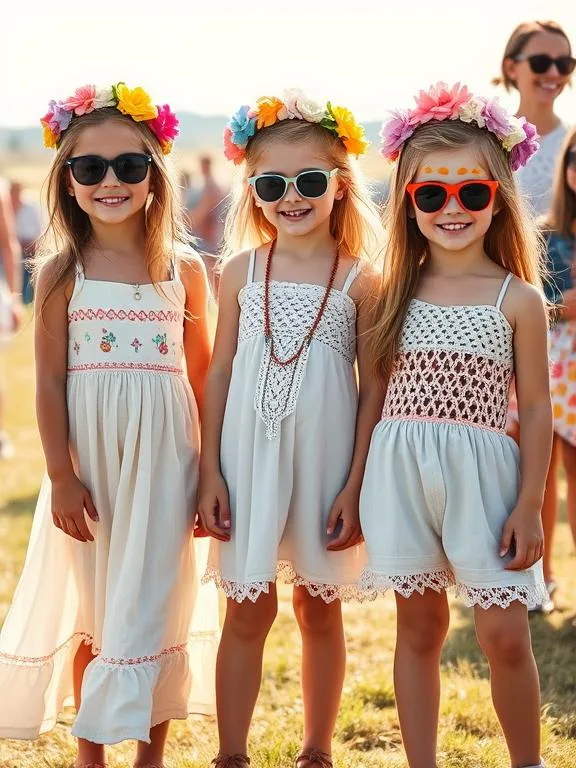
Children’s clothing serves a vital role beyond just covering little ones—it impacts their comfort, safety, and ability to explore the world around them. From the softest baby bodysuits to sturdy school uniforms, every garment must meet the unique needs of growing children.
This comprehensive guide covers:
- The most suitable fabrics for children’s wear
- Key considerations when selecting kids’ clothing
- Essential items for every season
- Budget-friendly and sustainable shopping strategies
- Current trends in children’s fashion
Whether you’re a parent, relative, or simply shopping for a special child, this information will help you make informed clothing choices.
The Importance of Thoughtful Clothing Selection
Children’s clothing must fulfill several important functions:
- Comfort: Soft, breathable fabrics prevent irritation and allow freedom of movement
- Durability: Withstands active play and frequent washing
- Safety: Avoids potential hazards like loose buttons or restrictive designs
- Practicality: Makes dressing easier for both children and caregivers
- Self-expression: Allows children to develop personal style preferences
Optimal Fabrics for Children’s Wear
Choosing the right fabric is crucial for comfort and functionality:
1. Cotton
- Advantages: Natural, breathable, hypoallergenic, easy to maintain
- Best uses: Everyday wear, undergarments, warm weather clothing
2. Bamboo
- Advantages: Sustainable, naturally antimicrobial, temperature regulating
- Best uses: Sleepwear, baby clothes, sensitive skin
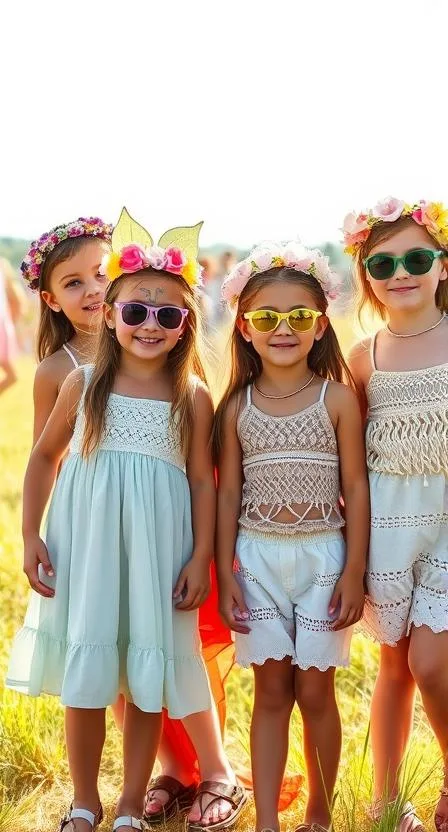
3. Organic Materials
- Advantages: Free from harmful chemicals, environmentally friendly
- Best uses: Newborn clothing, eco-conscious wardrobes
4. Synthetic Blends
- Advantages: Wrinkle-resistant, quick-drying, durable
- Best uses: School uniforms, outerwear, athletic wear
5. Wool and Fleece
- Advantages: Excellent insulation, moisture-wicking
- Best uses: Cold weather apparel, winter accessories
Fabrics to avoid include rough textures, non-breathable synthetics, and materials that may cause overheating.
Five Essential Factors When Purchasing Children’s Clothing
1. Proper Sizing
- Account for growth by selecting slightly larger sizes when possible
- Look for adjustable features like elastic waistbands
2. Ease of Dressing
- Prioritize simple closures like snaps and zippers for young children
- Avoid complicated fastenings that may frustrate independent dressing
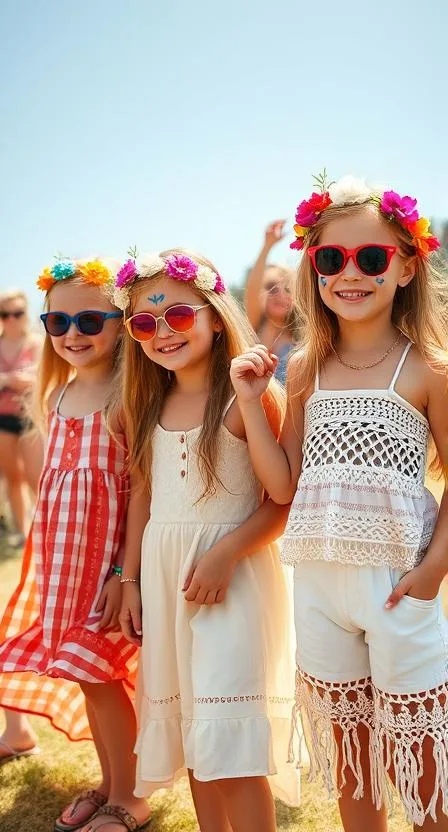
3. Durability Considerations
- Seek reinforced stitching and sturdy fabric in high-wear areas
- Darker colors and patterns help conceal stains
4. Seasonal Appropriateness
- Layerable items provide flexibility for changing temperatures
- Consider sun protection for summer and insulation for winter
5. Safety Features
- Eliminate potential hazards like loose embellishments
- Verify flame resistance for sleepwear when required
Seasonal Wardrobe Essentials
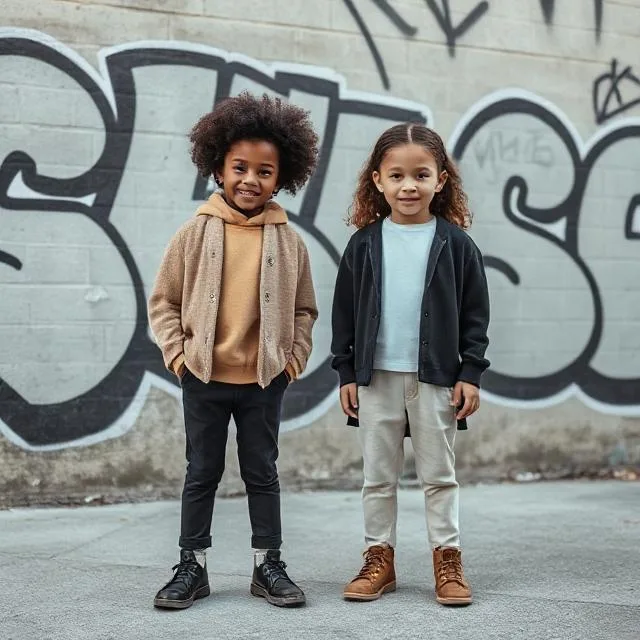
Spring and Summer Clothing
- Lightweight short-sleeve shirts and breathable shorts
- Sun-protective swimwear and wide-brimmed hats
- Comfortable sandals and breathable sneakers
Fall and Winter Clothing
- Thermal base layers and long-sleeve tops
- Insulated jackets and waterproof outerwear
- Warm accessories including gloves and knit hats
Year-Round Staples
- Multiple pairs of comfortable pajamas
- Ample socks and undergarments
- Versatile pants and leggings for layering
Smart Shopping Strategies
Budget-Conscious Approaches
- Explore secondhand options through consignment shops and online marketplaces
- Organize clothing swaps with other families
- Purchase off-season items during clearance sales
- Select gender-neutral basics for hand-me-down potential
Sustainable Practices
- Choose clothing made from organic or recycled materials
- Support brands with ethical manufacturing processes
- Repurpose outgrown items when possible
Current Trends in Children’s Fashion
The children’s clothing market continues to evolve with these notable developments:
1. Gender-Neutral Designs
Increasing availability of versatile, non-gendered clothing options
2. Bold Patterns and Colors
Vibrant prints and color combinations remain popular
3. Retro Influences
Nostalgic designs inspired by previous decades
4. Eco-Conscious Offerings
More brands incorporating sustainable materials and practices
5. Functional Innovations
Practical features like adjustable sizing and easy-care fabrics
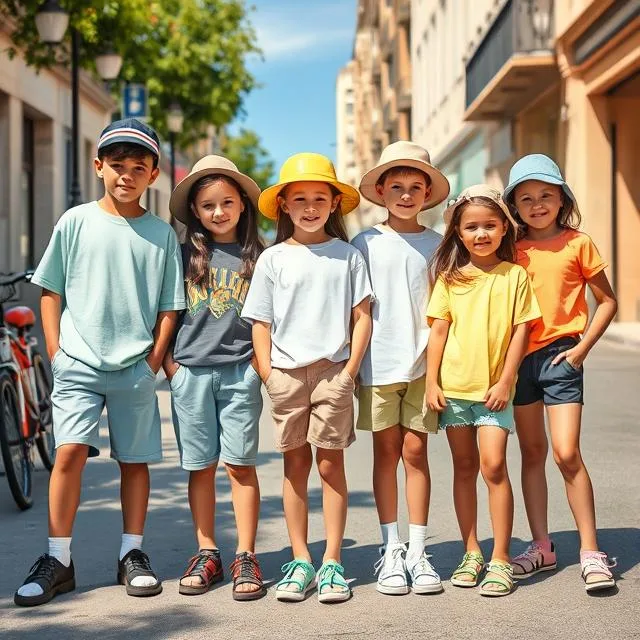
Conclusion
Selecting children’s clothing requires careful consideration of multiple factors including comfort, durability, and safety. By focusing on quality materials, practical designs, and smart shopping approaches, caregivers can build functional wardrobes that accommodate children’s needs while allowing for personal expression.
Understanding current trends and seasonal requirements helps ensure children are appropriately dressed for any occasion while maintaining budget and environmental consciousness.
What strategies do you find most helpful when shopping for children’s clothing?

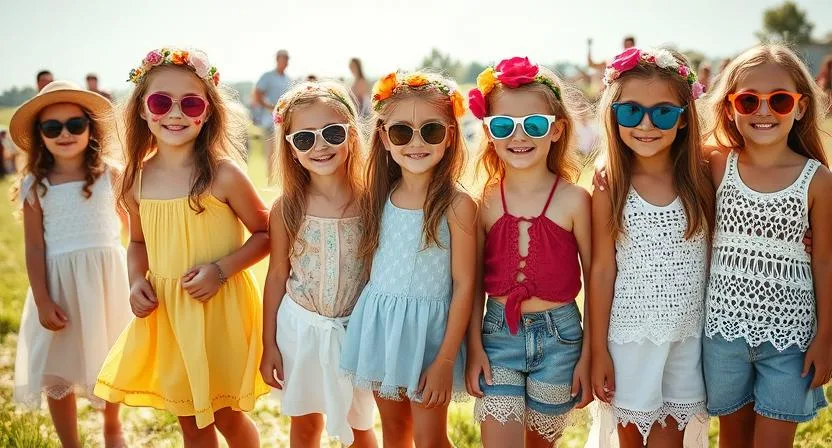
0 responses to “The Complete Guide to Children’s Clothing: Fashion, Function, and Practicality”